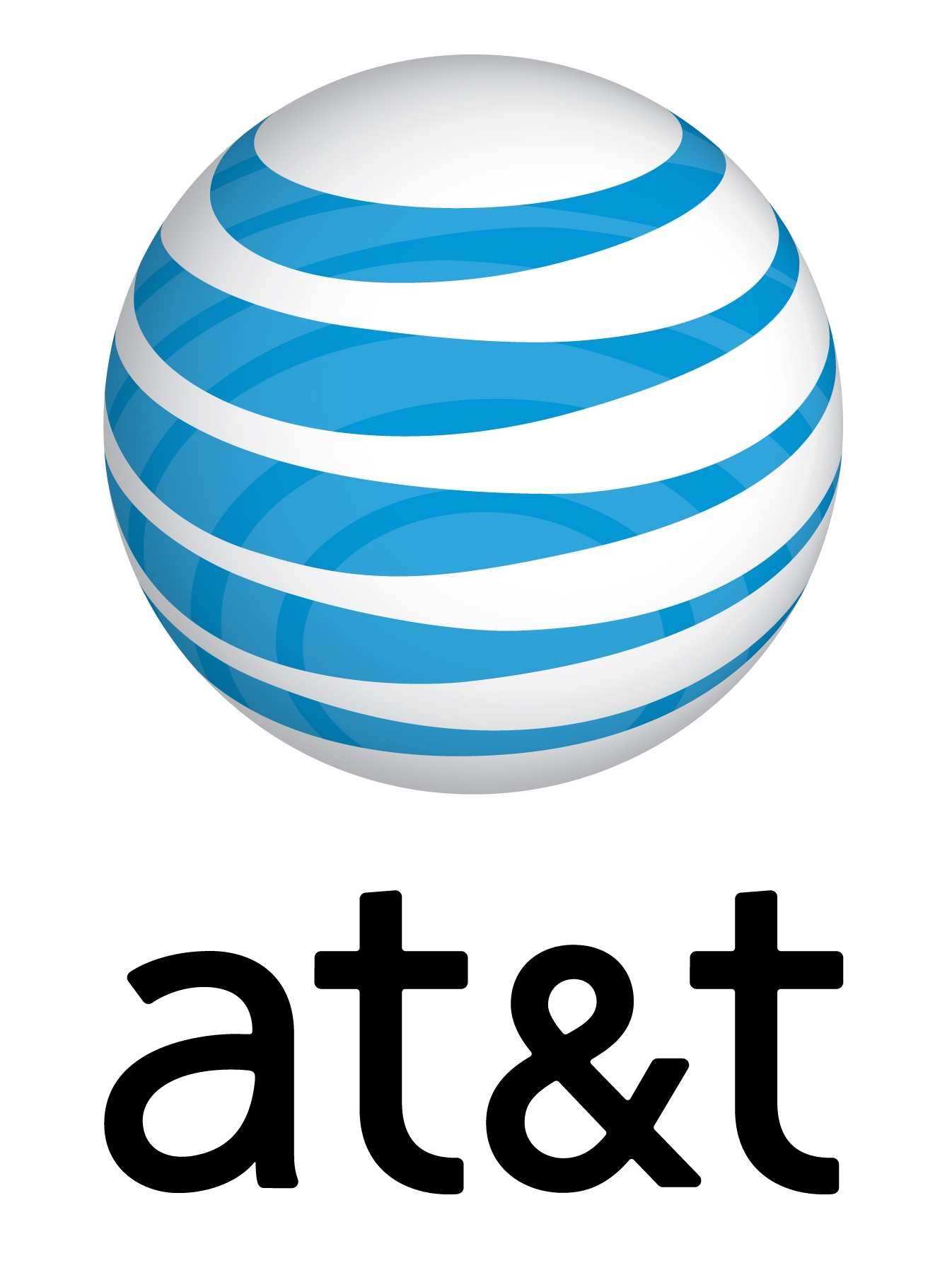Is Your Site Prepared for M-Commerce?

What are some holiday m-commerce predictions?
Ari Weil, Akamai: Mobile purchases will be on par with desktop this year -- and mobile Web purchases will continue to outpace in-app purchases. Consumers are still not completely comfortable with the in-app purchase experience and are more likely to use mobile Web to convert. At the same time, retailers are still struggling to maximize the value of their mobile apps to drive usage and conversion.
In-store use of mobile will also continue, as many retailers such as Best Buy have focused on tuning the digital and physical use cases for an omnichannel approach that's channel synergistic -- not competitive.
Use of HTML5 advanced features like device, location, orientation, and access to on-board functions will continue to catch on amongst mobile commerce players to enable engaging experiences, such as like AR/VR and advanced media.
How prepared or un-prepared are retailers for m-commerce this holiday season?
Weil: Retailers this year will be more prepared than ever for mobile Web commerce. That being said, they are not so much investing in mobile-specific workflows and use cases. Rather, they're focusing efforts on creating more consistency between desktop and mobile experience on Web properties as part of their holiday preparation efforts.
What steps can retailers take now to make sure their website is ready for the mobile holiday rush?
Weil: Key to retailers making sure their website is ready for the mobile holiday rush is first fully understanding their business by leveraging data analytics. Retailers should analyze their application data to understand device performance trends and conversion cohort and, from there, align marketing, commerce, Web and IT teams on a cross-functional strategy.
Retailers should also make sure they're catering to the mobile user experience at all times. One second is all retailers have to engage mobile users, so automated app performance, contextual and network-aware optimization is critical.
Having the scalability and reliability in place to keep transactions flowing and customers safe from cybersecurity threats should have a place on every retailer's mobile holiday checklist. Retailers should work with their cloud providers to make sure app and mobile sites can scale to meet peak demand, set security measures in place to protect the app from DDoS attacks (which, by the way, are expected to increase by 125 percent this holiday season, see infographic below), and make sure customer data is safe from bad actor infiltration.
Since just about every retailer in Q4 will be running digital promotions, it's important they consider ways to maximize these critical peak periods, including: ensure videos are always up and quick to download, manage URLs and performance site- and app-wide, keep bots at bay to prevent torpedoed performance for real users, and -- most importantly -- always, always, always focus on the user experience during peak traffic periods.
What changes should retailers avoid making in November or December?
Weil: Retailers should avoid altering their application architecture by adding new vendors or new entry points. For example, they should not suddenly start a hybrid cloud initiative, or deploy net new load balancing, or integrate new front end optimization. In fact, retailers should not introduce any new "optimization" technologies during Q4, as there is not nearly enough time to adequately test every downstream impact these new technologies could have, which could ultimately be detrimental to holiday revenues.
Are there any metrics that retailers should specifically be tracking this holiday season to help them inform 2018 strategy?
Weil: Retailers should try to drill down into lead attribution as much as possible -- whether it be by location, device, operating system, browser, application or API -- and compare conversion rates between each source. They should measure both technical KPIs like time to first byte, request rate, response size, time to interactivity for the application are also important, as well as business KPIs like bounce rate, abandonment rate, conversion and goal completion rate, time to begin interaction, heat maps for a full picture of their holiday mobile app and site engagement and sales performance.











